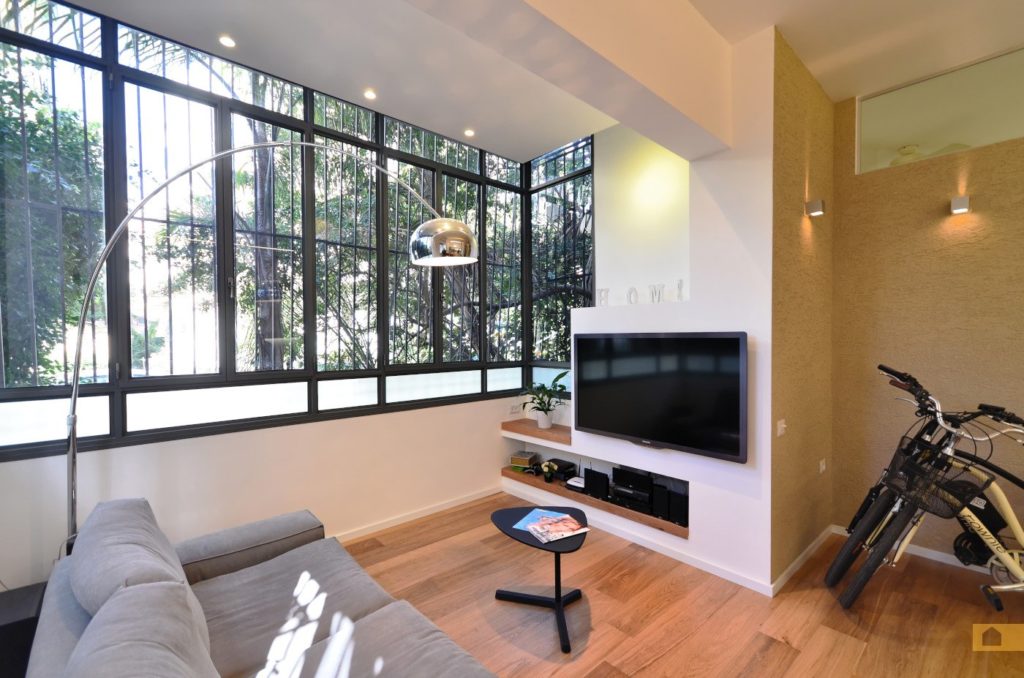Your Classic Tel Aviv Apartment
So what is in fact a classic Tel Aviv apartment?
The Tel Aviv housing market mainly consists of apartment buildings and depending on your preferred location, each neighborhood has its own, unique real estate characteristics.
As I’m based in Central Tel Aviv, I will be covering some of the characteristics found in the Central Tel Aviv area.
Old Jaffa, Florentine, Neve Tzedek, Kerem HaTemanim and Lev Ha’ir:
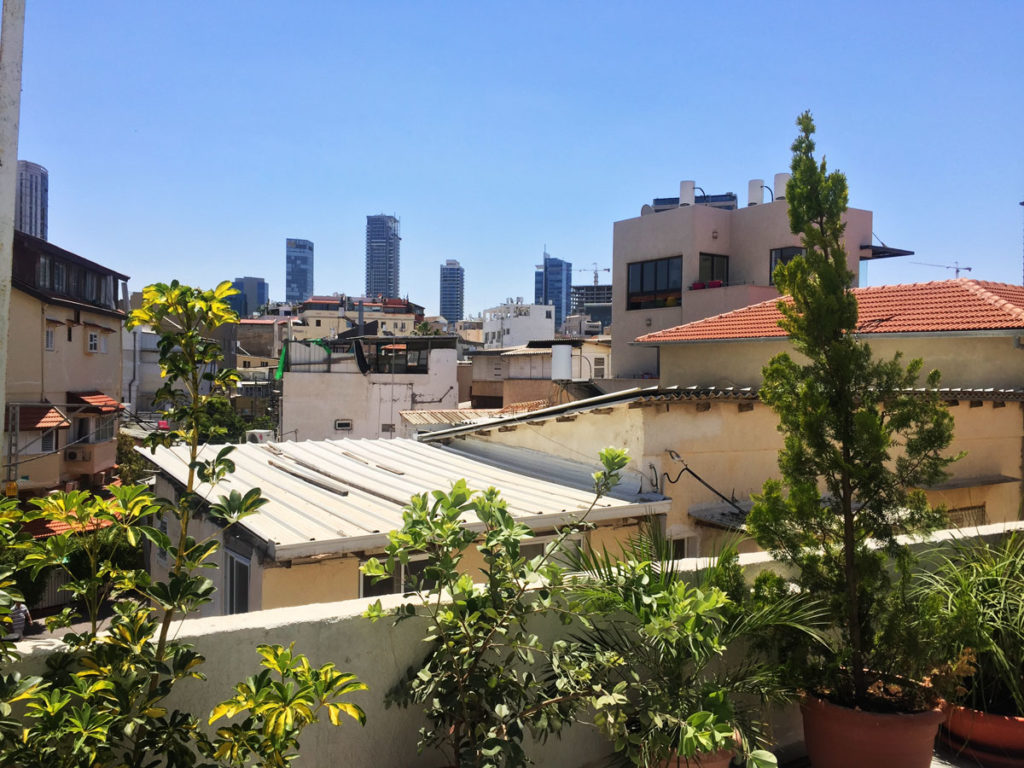
You can learn a lot about Tel Aviv’s history and the way the city has evolved through its neighborhoods and different types of architecture, and this can easily be noticed for instance in Old Jaffa, Neve Tzedek, some parts of Lev Ha’ir, Allenby street and Kerem Hatemanim. Where beautiful, castle like, eclectic-style buildings dating back to the Ottoman era, are found.
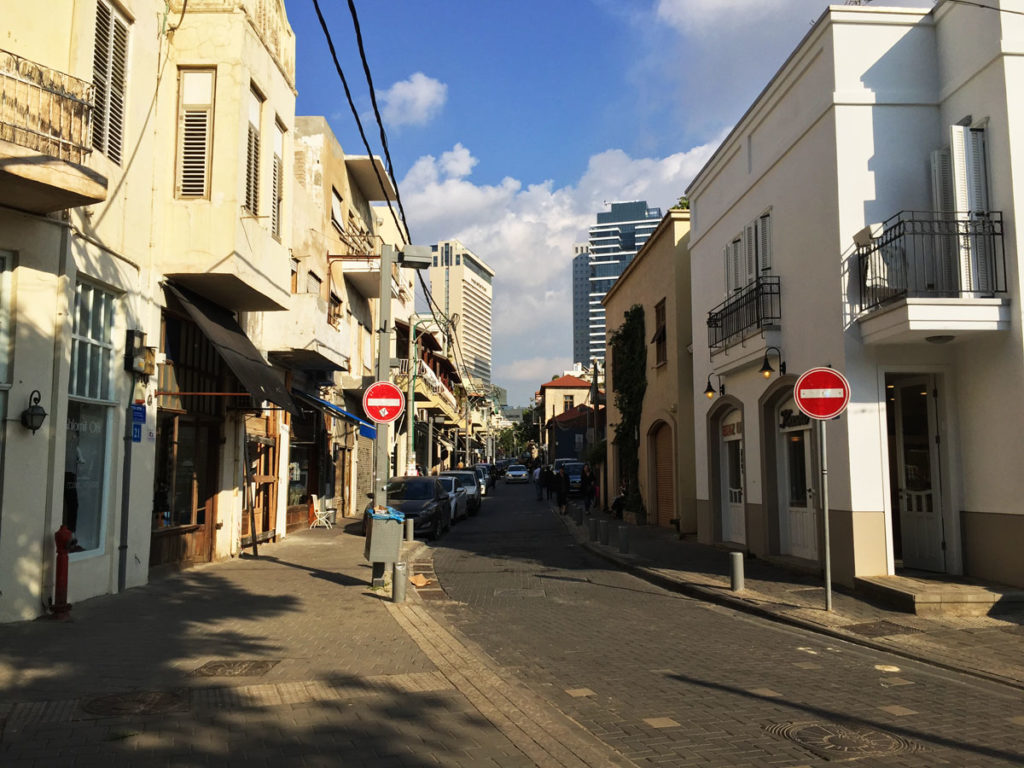
The renovated ones are absolutely marvelous, and are concentrated around Montefiore, Yavne, and around King Albert Square where The Norman boutique hotel is located.
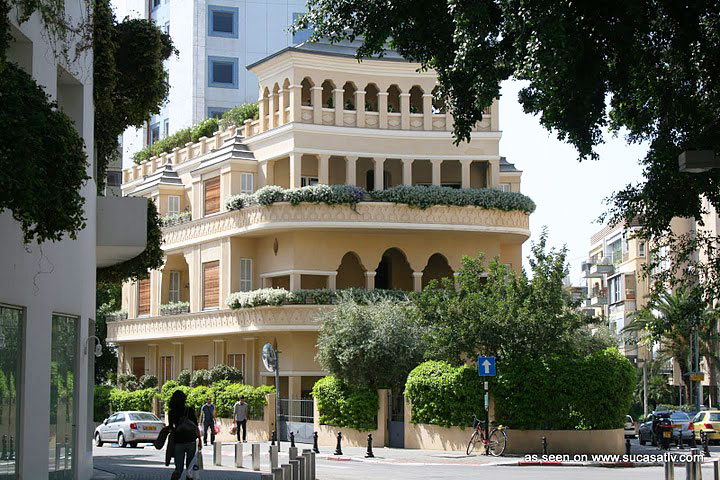
The pre-renovated ones, found mainly along Allenby and Nahalat Binyamin, although old and rundown, are still beautiful and very unique. Unlike the Bauhaus style, these apartments are of smaller living spaces but compensate for with double high ceilings, painted tiles and French wooden windows and doors.
I particularly love this one building on the corner of Rotschild Blvd and Betsal’el Yafe St. It is just absolutely marvelous! Do check it out whenever you’re in the area.
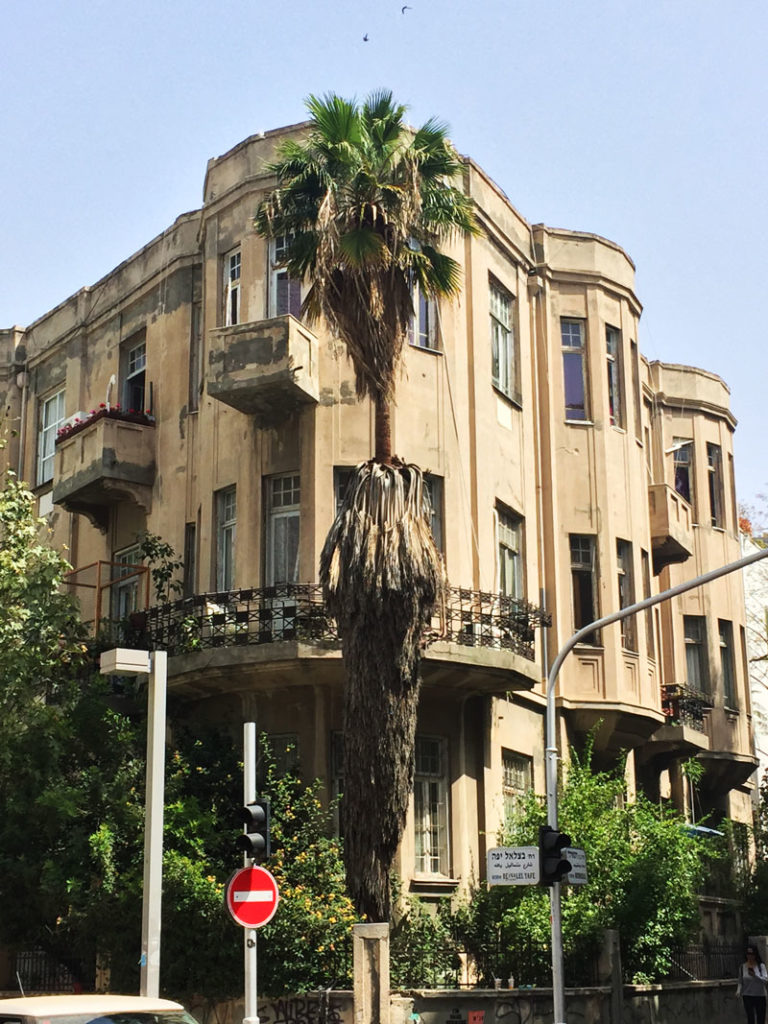
In the southern districts of Tel Aviv, around Gan HaChashmal and Florentine, where rent is relatively cheap and therefore attracting a more younger crowd, new buildings mainly aimed as investment properties, offering small, one-bedroom apartments suited for young singles, couples and students.
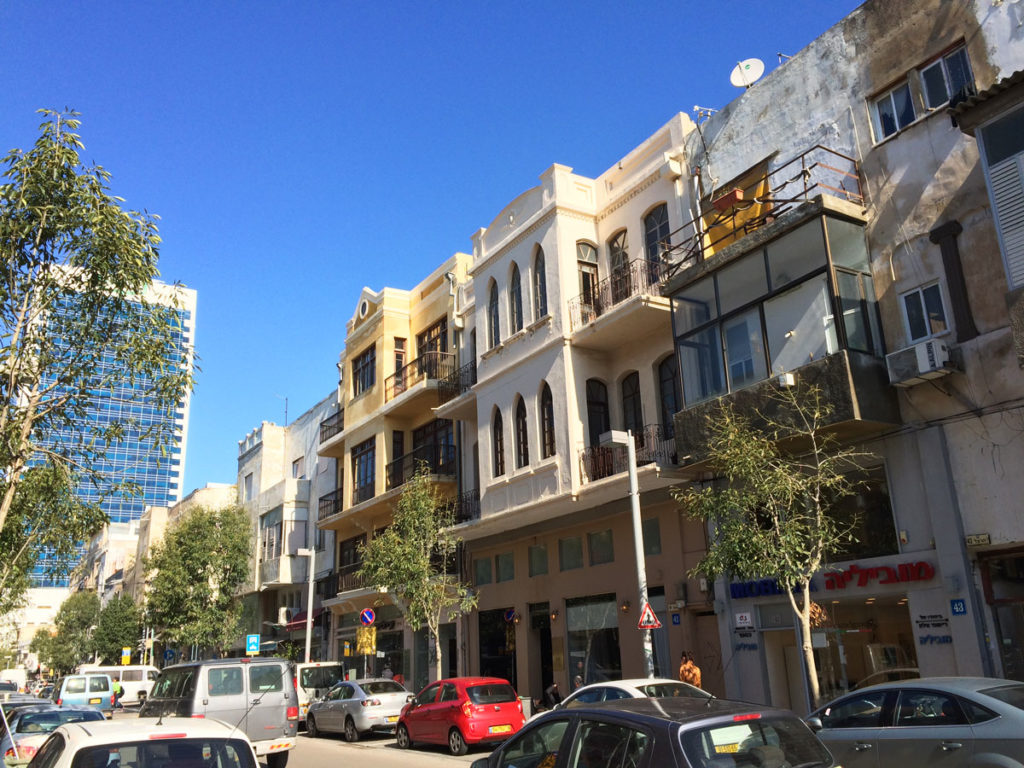
Many of these new buildings have modern amenities that are not found in your “classic Tel Aviv apartment” such as modern entrance lobbies, elevators and apartments come complete with central A/C’s and a “Mamad” (A.K.A the shelter room).
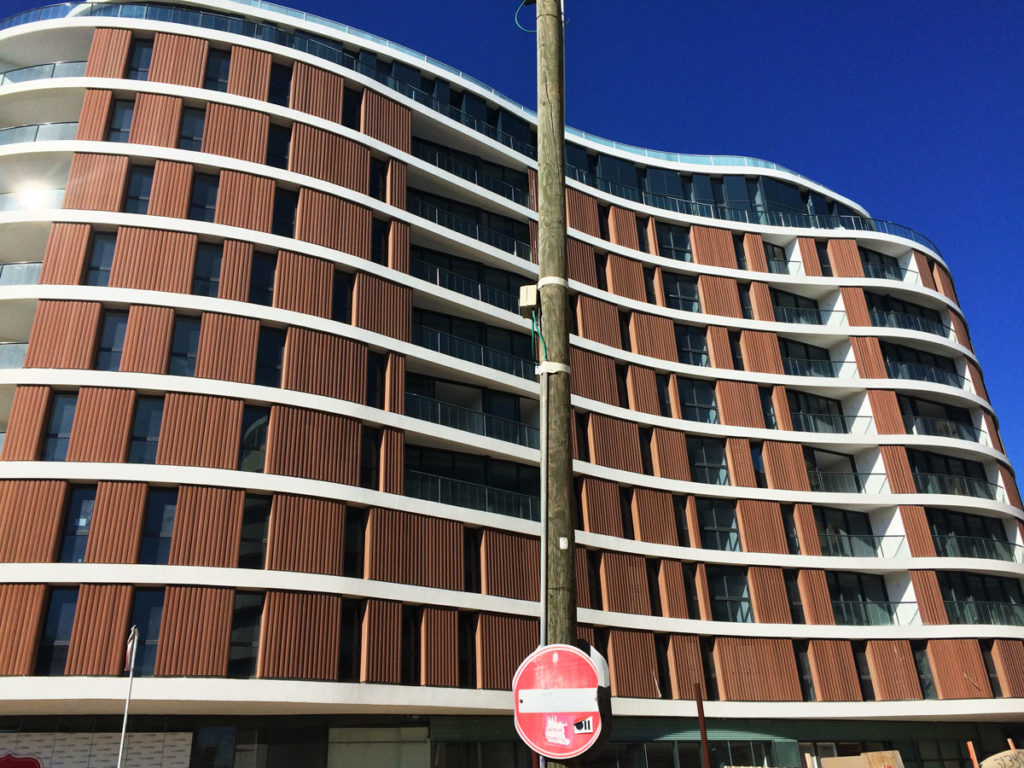
In these parts of the city, is where you are likely to find older building types, such as the Bauhaus architecture Tel Aviv is so known for, where most of the renovated ones are concentrated in Neve Tzedek, Florentine and in and around Lev Ha’ir.
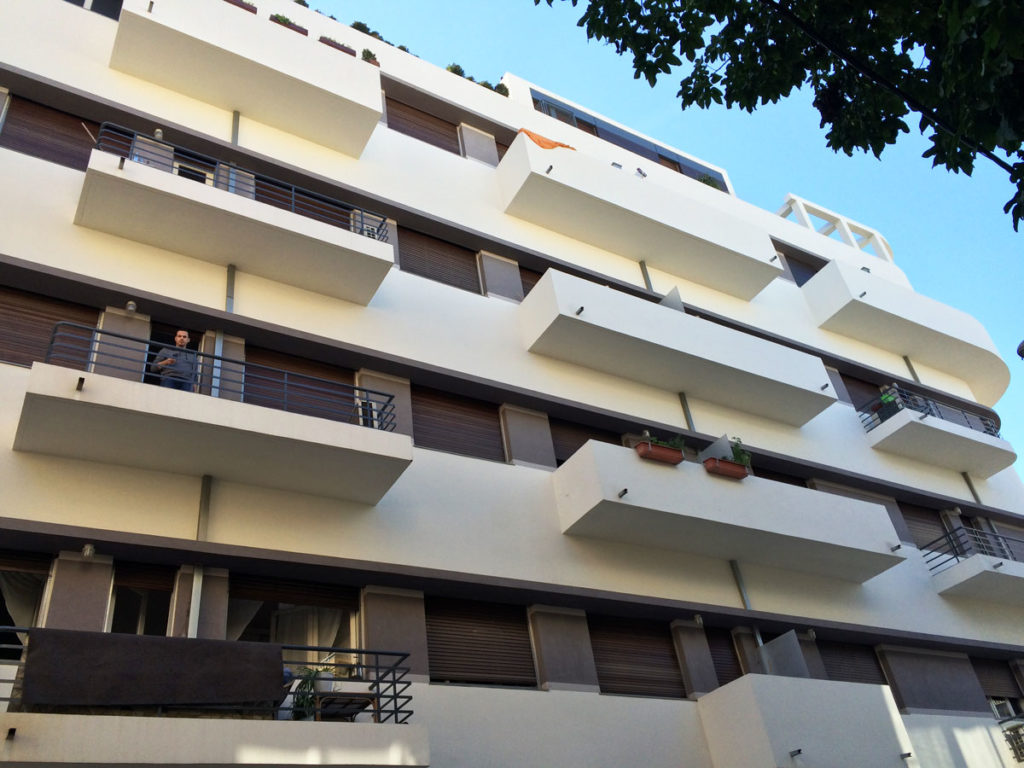
Older apartment buildings in these areas are very neglected with poor upkeep, and yet most of these apartments have retained their original style, which some (including myself) find them to be very charming. These buildings, up to 3 stories high, may not necessary offer an entrance lobby door, let alone an elevator.
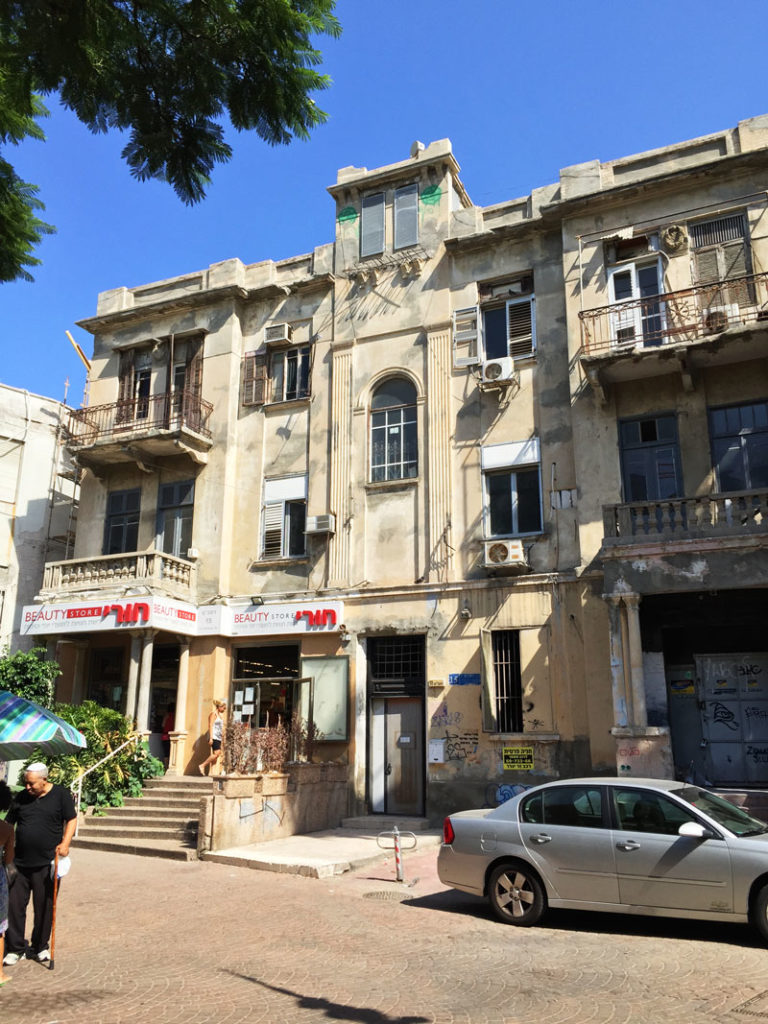
Your average apartment in these areas are between 60 m2 to 120 m2, and depending on the building size and type, you can find buildings either with 2 smaller apartments facing the front and a bigger apartment facing the back, or vice versa, or 2 – 4 apartments per floor, again depending on the plot size and the building’s layout.
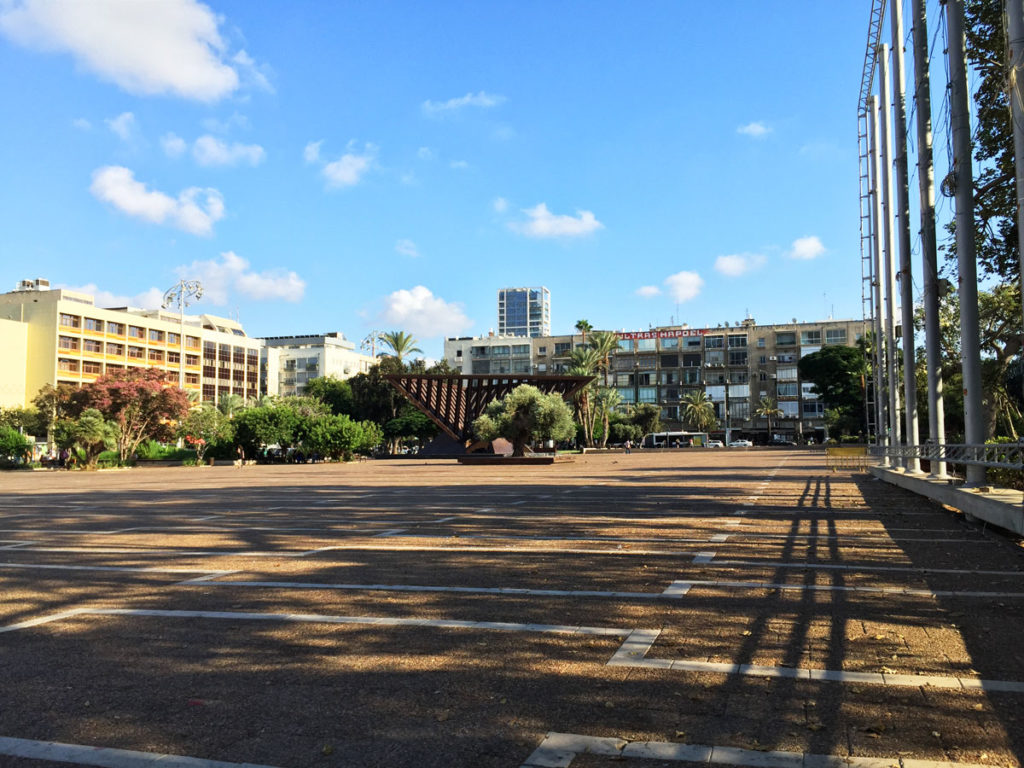
Bigger apartments can be found in and around the HaBima National Theater, especially on Sderot Chen, Malkei Israel and it’s surrounding streets.
Central Tel Aviv East, Tel Aviv Merkaz, The Basel Square, The Old North and Kikar HaMedina:
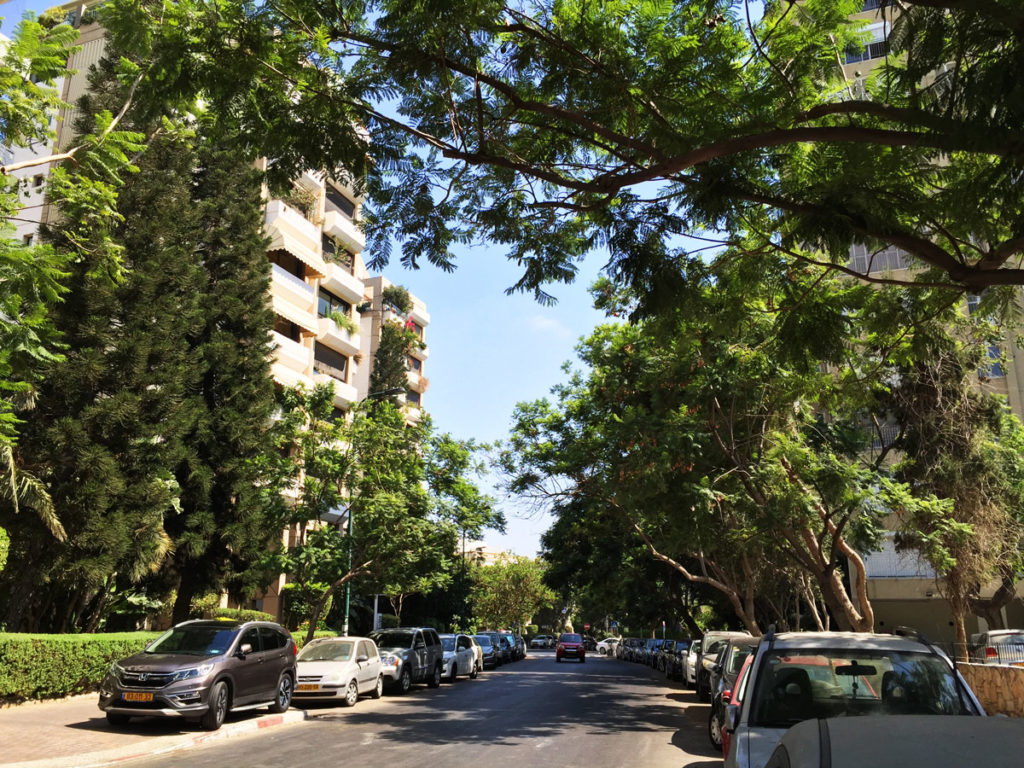
Not one to slow down, Tel Aviv has transformed into the next generation of construction and it is in the early 1950’s, that Tel Aviv has transformed from the Bauhaus architecture style, to the ‘Garden City’ era.
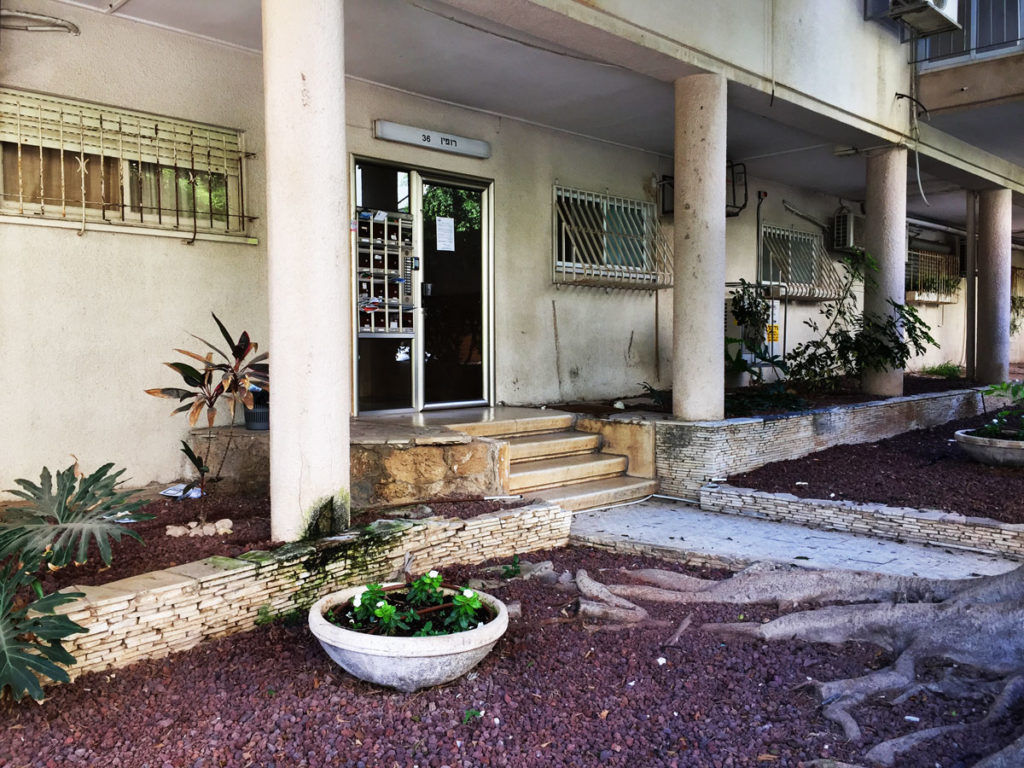
These buildings are easily found across the city center with massive facade pillars, stair cases, 3-4 apartments per floor and it is here where the well-known “closed balcony” term was established.

These apartments are of 55 m2 to 100 m2 – bigger apartments can be found, closer to Kikar Rabin, East of Ibn Gabirol and in the Kikar Hamedina area – offering 2-3 bedrooms and the layout of these apartments are well noticed.
With many wasted space gone to creating hallways and division of rooms, each area within the apartment is separated, creating a more closed and smaller space.
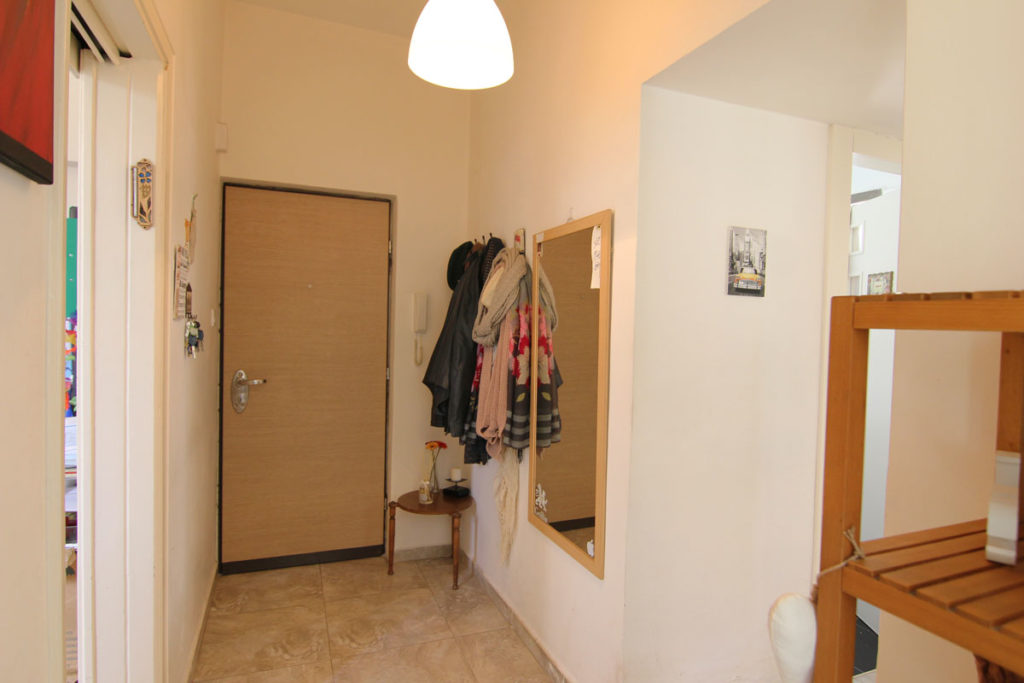
When walking into one, you will find an entrance hall or foyer, a separated kitchen area with a closed service balcony (used as a pantry, storage room or as a laundry room), a narrow hallway where the private areas are, a separated dining and living area, and a closed balcony that has been integrated into the living room.
It’s important to point out that most of these apartment buildings were originally built with open balconies, but given the smaller living area, many of it’s residents chose to “close” their balconies in favor for additional living space.
Ideally, these balconies can be reopened, however, only once a permit from the municipality has been granted, which, may take a while.
Many of these charming apartments have been modernized and thoroughly renovated throughout, making them the ideal Tel Aviv apartment.

